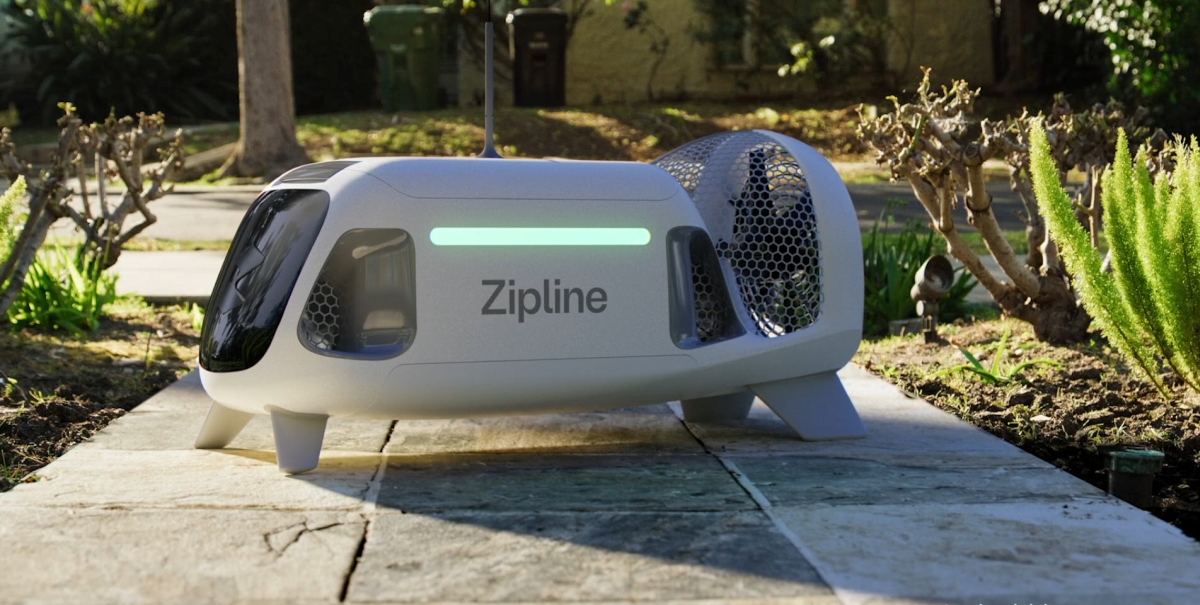In the steep canyons of the Republic of Macedonia — a landlocked Balkan nation of mountains, lakes and ancient towns — international construction company AKTOR ADT is completing a major highway project for the national government.
The highway will run 28.2 kilometers or 17.5 miles from the village of Demir Kapija to Smokvica, traversing a natural gorge and crossing the Vardar River. It will help complete the most important north-south route through the country, Corridor X, which provides a connection to the region’s modern, multinational transport network.
Due to the area’s challenging geomorphology — including steep slopes, ravines, rivers, forests and protected areas — the survey project was designed and is being undertaken with great regard for the environmental conditions and protection of the local flora and fauna.
The effort, which began in March 2013 and is projected to continue through the end of 2016, requires construction of millions of cubic meters of earthworks, as well as many heavy structures. The project includes two twin tunnels, six bridges (four of which are balanced cantilever bridges), five overpasses, seven underpasses, two interchanges, 100-plus culverts, high embankments and deep cuts. As a result, the work requires regular monitoring of the amount of material removed, landslides after heavy rain falls and other such variables, as well as progress reporting to the government ministries.
To conduct the survey, the Athens, Greece-based AKTOR ADT has contracted with AVIATOP pc, a company it has collaborated with for many years. AVIATOP deploys various unmanned aircraft systems (UAS) to provide aerial mapping and surveying services for corridor mapping and monitoring the progress of construction projects. For this project, the company is using a Trimble UX5 to fly over the project corridor and collect data every two months for the entire project timeline. Equipped with a high-resolution camera, the UX5 captures images needed to measure the slope edges of cuts and fills, and the surface of the roadway. George Papastamos, a surveying engineer and AVIATOP’s founder and CEO, is the lead on the project.
The Challenges
The highway’s path snakes through deep gorges, reaching an elevation of about 500 meters (1,600 feet) above sea level with a six-percent grade and crossing bridges up to 90 meters (300 feet) in height. Following a river, the gorges’ corridors produce winds with speeds greater than 90 km/hr (60 mph). These conditions make aerial surveying very challenging.
“It is a quite large and demanding project,” says Konstantinos Simou, civil engineer with AKTOR ADT. “Our quantity surveys and 3D geometry need to be accurate within a few centimeters. The project’s shape is constantly changing, and we are always looking for the most updated information. Anyone who tried to achieve this with conventional (land surveying) methods would realize that monitoring a project of this scale is expensive. However, using UAS, we manage to have a full view of the activities and the progress in near real time.”
According to Papastamos, the most challenging part of the project is the very rough surface and mountainous area through which the corridor passes. “This is very dangerous even for the aircraft itself,” he says. “The big differences in ground elevation can cause turbulence anytime, and the narrow passages make the landing procedure extremely difficult. Additionally, the limited line-of-sight minimizes the range of the radio link (loss of radio communications can initiate the fail-safe procedure, which automatically directs the aircraft to return immediately to its designated landing site). Finally, there’s the challenge of keeping the image resolution relatively homogeneous while being productive.”
In spite of the challenges, AVIATOP has been able to conduct the UAS aerial survey by closely monitoring wind conditions and carefully choosing takeoff and landing zones — thanks to the UX5’s remarkable performance.
The First Five Flights
The corridor’s edges are up to 400 meters (1,300 feet) higher than its center, and some of the cut slopes are more than 100 meters (330 feet) high. In order to clear the tops of the hills along the project’s path, Papastamos flies the UAS just above the edges, which yields a ground sample distance of around 12.8 centimeters (5 inches).
Due to the flight’s elevation and the corridor’s length, each survey requires at least six flights, and Papastamos needs to find a suitable landing area for each one. Therefore, each aerial survey takes two or three days, with each flight lasting 30-40 minutes. So far, AVIATOP has conducted five flights and captured roughly 2,050 images.
The very rough terrain also requires densely-spaced ground control points (GCPs). Papastamos sets them every 250 meters (820 feet) on each side of the flight area, for a total of about 150 points. He sets up his GCPs using Trimble R6 and R8 GNSS receivers and reuses them, except in those very few cases when the benchmarks are destroyed by the progress of the project. In areas with sharp elevation differences, he installs as many as needed to produce a correct model. He sets the camera’s shutter speed to somewhere between 1,600 and 3,200, depending on the lighting conditions, with an 80-percent forward and side overlap.
The Deliverables
Project deliverables include georeferenced orthophotos of the project, aerial videos, a 3D surface model, profile sections, quantity surveys, horizontal plans and virtual reality videos. To produce the required information, AVIATOP uses the collected point cloud data and break lines, as well as situation maps of areas where material can be deposited, and locations of planned access roads and stream or utility diversions. The firm also produces situation maps to document landslides after heavy rains, and show break lines, boundaries, top and bottom banks, crests, houses, structures, volumes and other features.
It typically takes Papastamos about10 days to post-process the data using Agisoft PhotoScan and create the required deliverables. From the 3D models, he makes volumetric calculations. The survey so far shows that AKTOR ADT has been removing about 500,000 cubic meters (650,000 cubic yards) of dirt every month.
Advantages of UAS
The new highway is not visible from the existing roadway, Simou says, so people driving by do not realize the progress being made on this big investment of their tax money. “Using the UAS, we are able to document the progress of our project month by month with photographs,” he says. “The virtual reality videos we produce and publish via the local media have greatly helped to inform the public that the project is progressing and their money is not wasted.”
In addition, the UX5 has significantly expedited the surveying of areas indirectly involved with the project — such as streams, rivers, ditches for large irrigation areas, dumping and depositing areas and access roads. This would typically be very expensive and time-consuming to document by conventional methods. “It is also very helpful that whenever we need to measure, evaluate or investigate the project further, we can do it from our laptops, without spending time and effort to conduct a site visit,” Simou says.
Lessons Learned
“This project taught us how to optimize the installation of benchmarks to get accurate results in such a rough area,” Papastamos says. “It also taught us how to land the aircraft in very narrow and difficult areas, and to pay close attention to weather and lighting conditions. The project area is very rugged, and varied terrain is a good school. We are doing several other projects like this one. However, because we have been working on this one from day one, it is our guide.”
By providing clarity and transparency, the UAS survey enabled AKTOR ADT to reinforce the trust and the confidence of all the stakeholders and the public, Simou explains. It also saved time for the company’s top managers, because the videos minimized their need to visit the project in person. “From my experience, I estimate that a UAS survey is at least three times cheaper than a conventional survey and 8-10 times faster for large-scale projects,” he says. “In addition, we are getting all the other products— orthophotos, a dense 3D model, videos and virtual reality — as well as the ability to zoom in on any area and get details up to a 1- to 2-centimeter resolution.”
Given that the project requires repeating the UAS survey every two months until completion, that’s a lot of savings.
Edited by
Ken Briodagh





